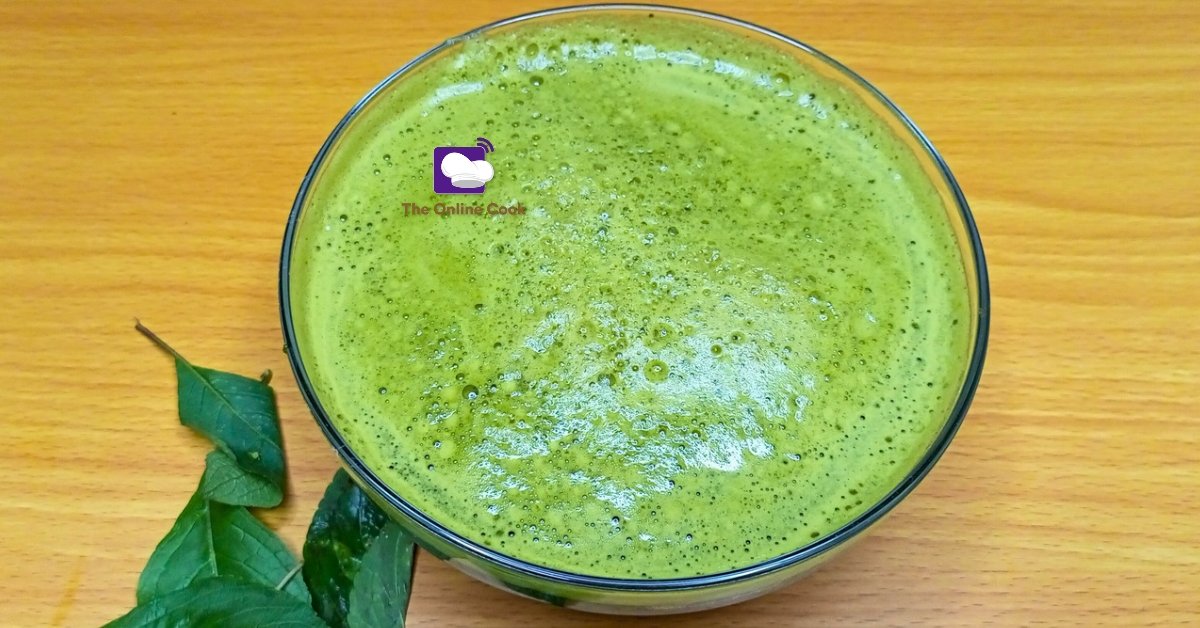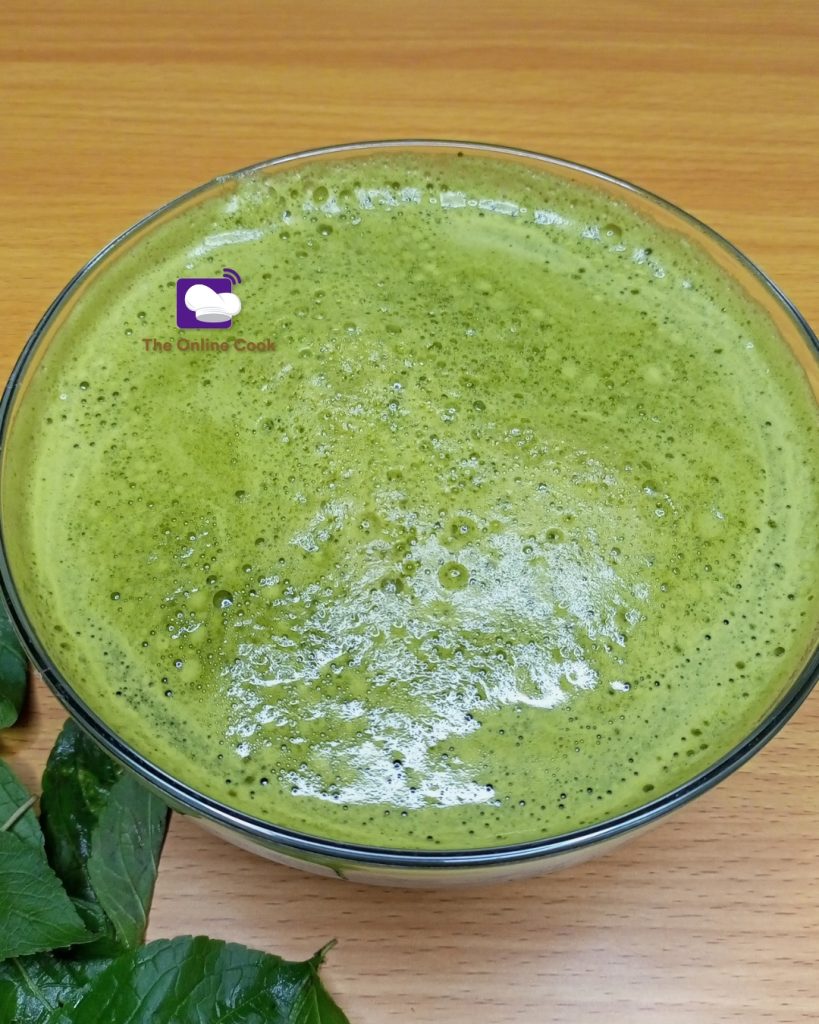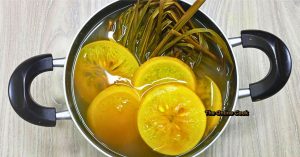
Basil leaves are a staple vegetable in Nigerian cooking as well as Nigerian traditional medicine.
In Yoruba language, African basil is called Efirin and in general Nigerian vernacular, it is called scent leaf.
Basil is nicknamed ‘scent leaf’ because of the mint-like smell it has when put close to the nose.
It is believed that including basil in our diet is a great home remedy to promote good health, fitness and wellness.
You can easily include African basil in your diet by adding the leaves to meals or by drinking the extracted juice.
First, here are some of the many recognized benefits of basil juice.
Benefits of African Basil
- Great for digestion – Basil juice effectively helps with digestion as it chewing the leaves of drinking the juice can help to relieve bloating and constipation.
- Lowers blood sugar – African basil juice is largely popular for its ability to reduce or lower the blood sugar levels in the body while protecting the pancreatic islets from damage so that it can continue to produce insulin.
- Amazing for oral health – Early in the morning, It is common to see elderly people use the stem of African basil to cleaning the mouth to avoid mouth odour.
- Treats Diarrhoea – Adding a little salt to the juice extracted from the African plant is a simple way to stop diarrhoea. All you need to do is mix the juice after adding a little salt and you will notice a quick relieve.
Now I will be listing the Ingredients needed to make the perfect green juice with African Basil from scratch.
Ingredients for African basil juice
- African Basil Leaves
- Water
Preparation time : 30 minutes
There are two ways to extract basil juice and in this blog post, I will be posting both methods as well as detailed YouTube Videos for free.

How to extract fresh basil juice – First Method
- Get a big bowl
- Remove the basil leaves from the stalk
- Dispose the stalk
- Clean the basil leaves with water
- Make sure the leaves are cleaned as many times as possible till the water is clear
- Pour water into the bowl with clean leaves
- Begin to extract the basil juice from the leaves by squeezing the leaves with both hands
- Do this until till the water becomes green
- Also the leaves will begin to break and the water will become foamy
- Get another bowl when you are sure all the basil juice has been properly extracted
- Place a mesh sieve on the bowl
- Pour the mixture into the sieve to separate the juice from the leaves
- Squeeze the leaves to get all the basil juice out properly
- Place the leaves into a separate bowl – The uses of the leaves will be explained much later in the post.
How to extract fresh basil juice – Second Method
- Get a big bowl
- Remove the basil leaves from the stalk
- Dispose the stalk
- Clean the basil leaves with water
- Make sure the leaves are cleaned as many times as possible till the water is clear
- Place your blender on a steady flat surface
- Put some of the leaves in to the blender
- Add water and blend very well
- After blending, Pour the blended basil into a big bowl
- Continue and blend in batches to ensure all the leaves are blended
- Get another bowl and place a mesh sieve on the bowl
- Pour the mixture into the sieve to separate the juice from the leaves
- Squeeze the leaves to get all the basil juice out properly
- Place the leaves into a separate bowl
- Pour the Basil juice into a container with lid
- Store in the fridge or freezer
- Dilute with water If you feel the juice is too concentrated.
Uses Of the Extracted Leaves
I know you must be wondering what to do with the leaves you just extracted the juice from.
Although by extracting the juice and large part of the flavour and benefits have been removed but the leaves can still be put to good use.
Many people use the leaves to add flavour and a touch of colour to various Nigerian dishes, different Nigerian soups.
I hope after reading this blog post, you would love to add African basil to your diet.
Thank you for visiting my blog today.
To become part of my blog community, please subscribe to receive notifications every time I post new recipes here.
The Online Cook © 2023

